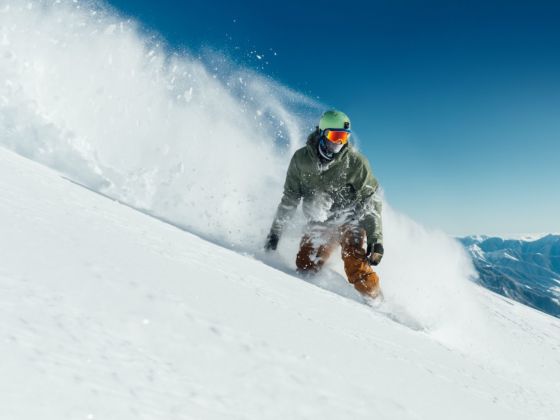THERE ARE MULTIPLE SKIING / BOARDING options in the Himalaya: Leh, Auli, Kufri, Narkanda, Gulmarg. Most of these are in either India’s Himachal Pradesh province or Jammu & Kashmir, a region contested by India and Pakistan. Even at Malam Jabba in the Swat Valley in Pakistan, the authorities have recently wrested control of the pistes from the non-skiing Taliban and are trying to transition the area from an army to commercial resort.
Most skiable slopes are also on the Indian-subcontinent side of the mountains, where the monsoon rains collide with the peaks and fall as deep powder. The Tibet side, even without the red tape of Chinese bureaucracy, is not really an option; it’s just too dry.
I decided to go up to Solang Nullah, which I’d heard about from another traveller on a night train in Rajasthan. It’s not as developed as Gulmarg but was close to Shimla, my starting point, and seemed like a good bet.
First, however, I had to get to the hill station of Manali, about 150 miles north.
